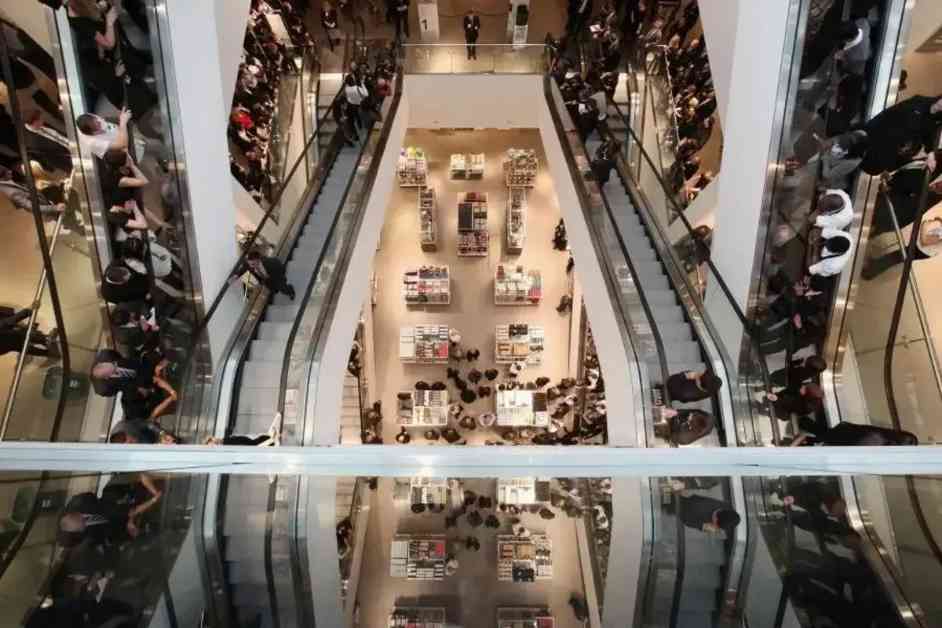The retail landscape is evolving as online and in-store experiences become more integrated, with personalized data usage playing a key role. Traditionally, both online and in-store shopping aimed to provide easy access to products. However, factors such as the pandemic, rising living costs, and advancing technology have shifted consumer preferences.
Brands are now focusing on enhancing the in-store experience by offering events, curated products, and personalized services. Even brands that were once exclusively online are recognizing the importance of physical stores in engaging with customers effectively. According to James Callander, the managing director of Freshmind, while online shopping is convenient, there is a growing emphasis on creating a curated and appealing in-store experience.
Conversion rates, which refer to the percentage of shoppers who make a purchase, are typically higher in physical stores. This highlights the significance of attracting customers to brick-and-mortar locations. As consumer confidence rises and post-pandemic footfall shows signs of recovery, high streets have experienced revitalization, with increased foot traffic compared to shopping centers and retail hubs.
Stores like Loop Generation and Wolf Watch Winders are examples of businesses adapting to this shift. Loop Generation, known for selling pre-loved luxury items online, opened a physical store to establish a stronger brand presence and connect with customers on a personal level. Similarly, Wolf Watch Winders recently launched a pop-up store to engage with consumers in a tangible way.
The human element and personal touch are crucial in building brand loyalty, as highlighted by Henrietta Bamford, a consultant at Freshmind. While many retailers are transitioning from online to physical stores, the emphasis remains on creating a unique and immersive shopping experience to differentiate from competitors. By leveraging data and technology, brands can offer personalized products and services that cater to individual consumer preferences.
Looking ahead, the future of retail will likely be shaped by the seamless integration of online and in-store experiences through personalized data utilization. As technology continues to advance, customers can expect tailored shopping experiences that cater to their specific needs and preferences. By embracing this trend, retailers can enhance customer engagement and drive brand loyalty in an increasingly competitive market.












